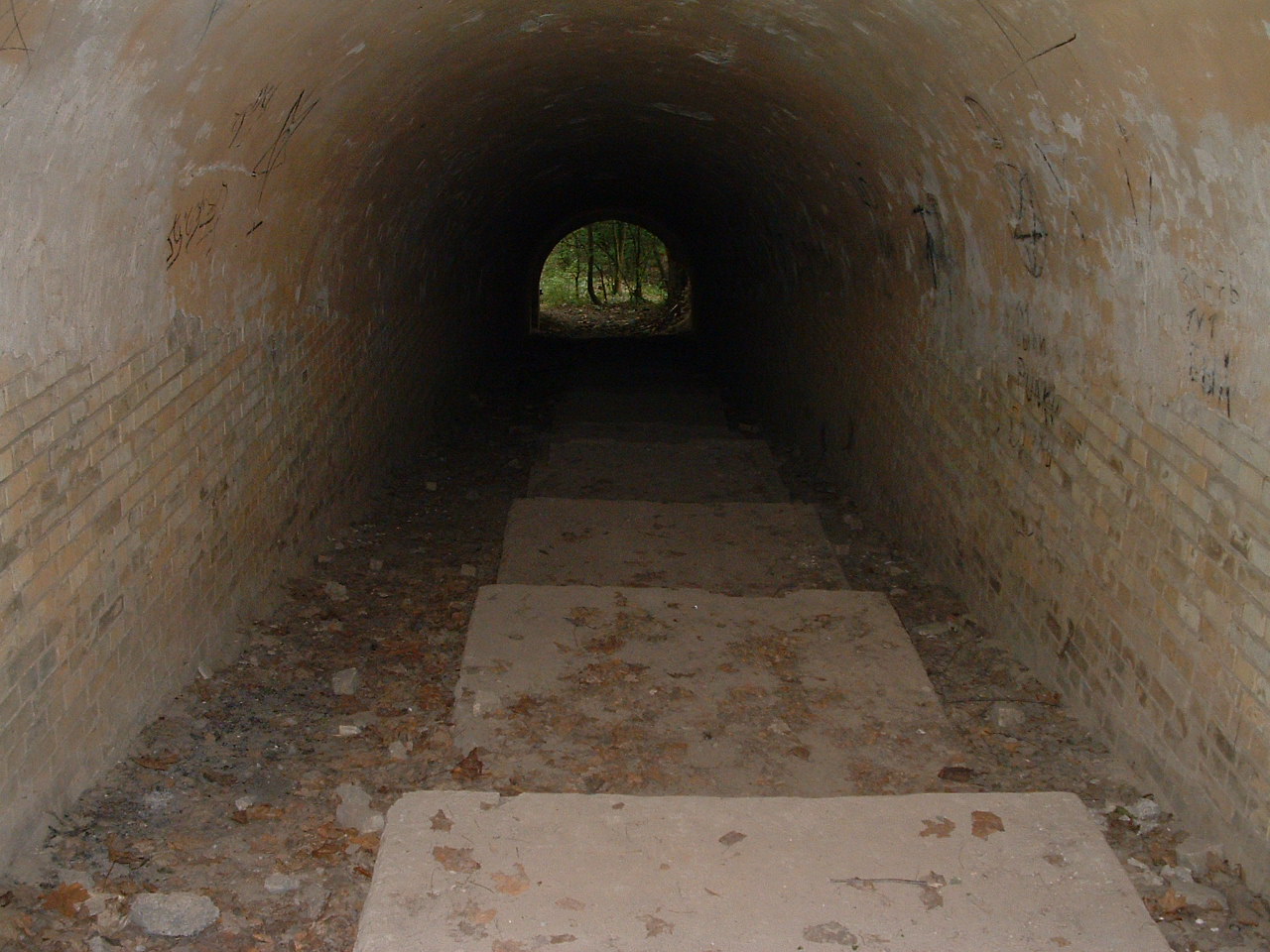
As
Pluto descends...
Mercury
rises
1.
Prefiguration
3:13 click to listen
2.
Silvigy
3:12
3.
Pulse
2:19
4.
Dusksong
2 3:52 click to listen
5.
Evensong
Duet 3:47
6.
Dance
in Mid-Flight 1:59
7.
Shard
of Light 1:45
8.
For
Keith 7:28
9.
Dusksong
4 4:23
10. Escher
Intermezzo 1:26
11. Midnight
Street
Blues 6:00
12. Fantasy
1
3:26
13. Fantasy
2
2:03
14. Plainsong
2:14
15. Phantom
River Boat
Song 4:58 click to listen
16. Funkydoctorgroove
(mini mix) 3:05
17. Bourrée
4:31
18. Take My
Soul to the
River (gospel mix) 5:46
19. Softly
Blanketing the
Quiet Earth 1:48
20. Distempered
Landscape
3 8:09 click to listen
21.
A Dream 3:30
To
a large
chunk of rock floating out in deepest space, it probably doesn’t much
matter
what big-brained bipeds several planets over think of it. (In August,
2006,
Pluto was demoted from ‘planet’ status by the International
Astronomical
Union.) But then why shouldn’t it? Six billion humans just might
constitute the largest force of imagination the solar system has ever
known (or
perhaps since Mars’s demise?). The stars have always exercised a tidal
pull on
that imagination, an imagination that is responsible for wars, and for
radical
transformations of our planet’s surface.
God
of the
Roman Underworld, Pluto was considered to be the ruler of wealth, of
the
Earth’s mineral riches, and of death. His Greek counterpart, Hades,
stole the
maiden Persephone and brought her with him to his Underworld abode as
his wife
for half the year, leaving her mother Demeter in sadness while the
Earth
languished through the winter months.
If Pluto is descending, we can depend on Mercury, the transformer, communicator, herald of wisdom (Hermes), to remind us that Pluto's descent is always a descent into glory. His descent is an ascent (as the staircase above is a descending one that takes us upward to the Earth outside). (The image is a photograph of a tunnel beneath a hill at Lysa Hora, or Bald Mountain, in the Ukrainian capital of Kyiv. Witches once congregated on the hilltop; today it is environmental activists who congregate, defending the hill from incursions of illegal developers.)

Photo from Lysa Gora building site
Descending
in order to ascend, we humans too have seen better days.
The
music
on this recording was composed, or ‘comprovised,’ between January and
August of
2006. The majority of these pieces are single-take solo improvisations
performed on a Yamaha Clavinova; a handful (mostly later on the disk)
are
rhythmically embellished or more complexly layered. The tuning system
used on
some of these is unusual, thanks to the fact that the Clavinova allows
for easy
detuning and retuning. Some of these pieces may strike some listeners
as ‘out of
tune,’ in the same way that non-Western music may sound that way, or in
the way
that saxophone genius Ornette Coleman’s style in the late 1950s sounded
‘out of
tune’ to listeners unaccustomed to such extended note bending, though
for
Ornette it was a matter of bending the scale to suit the expressive
needs of
the music.
Why fiddle with the tuning of a piano? The ‘equal tempered’ scale that
we have
all grown up with, which every piano and many other instruments are
tuned to –
the division of the octave into twelve equal parts – is an seventeenth
century
European invention intended to standardize the musical scale to make it
easy
for composers to change keys as often as they wished. This allowed for
the high
degree of harmonic complexity of western classical music, a complexity
gained
at the expense of the rhythmic and sonorous richness and earthy
‘groundedness’
of other musics – but that’s a topic for another discussion. Until
then, that
scale existed nowhere in nature. What does exist is a set of natural
harmonics,
and it is from these that other cultures have tended to develop their
scales.
Westerners’ ears have been tuned to fit the standard formula,but at the
expense
of hearing those natural harmonies.
‘Just
Intonation’ is the generic word for tuning systems that try to bring
back some
of the purity of harmonies found in nature, but which, ironically,
sound out of
tune to people used to equal temperament. Some pieces here are in
variations of
Just Intonation; a few are more radically altered, the penultimate track (track 20),
from a
series called “Distempered Landscapes,” being the most obvious example.
The
intent is to free up our inner tonal coordinates, like acupuncture or
Tai Chi
does to our bodies. The best way I know to listen to this sort of music
is to
crank it up and just submit to it, letting the tones resonate and wash
through
you as if you were earth and they were sunlight, water, clouds, storms,
lightning. The initial effect may be decentering, but they will
gradually
massage your ears (and body and soul) back into shape, or at least
break them
open a little to that natural state of wonder that they were born with.
Or so I
hope.
This music here is dedicated to those who’ve served as my teachers and
inspirations: LaMonte Young, Terry Riley, Cecil Taylor,
Lubomyr
Melnyk, Keith Jarrett, Tanya Tkachenko, Georgii Ivanovich Gurdjieff, David Michael
Bunting,
and the many masters of Slavic Orthodox choral chant, West African
kora,
Javanese gamelan, etc etc.
At
the
moment this music is only available by mail order. Further information,
as well
as musical selections, will be forthcoming.
A.
Ivakhiv
(Adrreeyan
Eevakheev)
aivakhiv@uvm.edu